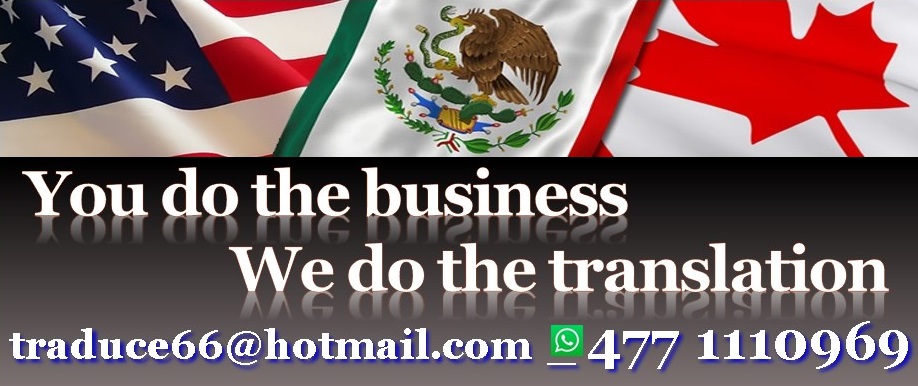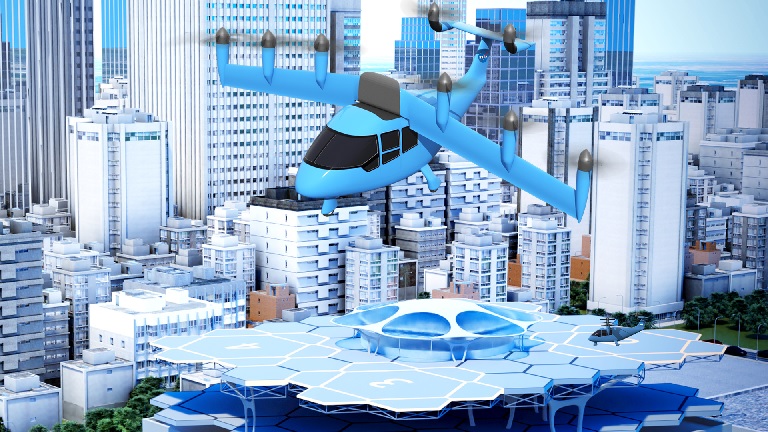Tabletop exercises allow researchers to explore options and test scenarios in fields from military strategy and cybersecurity to disaster response pl
Tabletop exercises allow researchers to explore options and test scenarios in fields from military strategy and cybersecurity to disaster response planning.
Now, NASA is using tabletop exercises to test how electric air taxis will fit safely into the national airspace, allowing passengers to one day hop across town or to a neighboring city by using new highways in the sky, reported NASA.

To successfully map out this new air transportation system, NASA partnered with industry, academia, and other government agencies in a series of 10 tabletop exercises led by the agency’s Advanced Air Mobility (AAM) National Campaign team.
Conducted throughout 2022, these expert-led discussions examined potentially unforeseen technical, operational, and regulatory gaps and defined the best use of combined resources to address them.

NASA’s AAM mission envisions a revolutionary new air transportation system, and the National Campaign team leads research on the autonomy, infrastructure, and airspace planning that will allow an AAM ecosystem to materialize.
“To test the AAM ecosystem functionally, we can only do bits and pieces at a time right now,” said National Campaign flight engineer Brad Snelling, who leads the project’s tabletop activities.
“A big advantage of flight tabletops is that answers arising from these exercises are what will allow these revolutionary new forms of transportation to operate in the real world”, said Snelling.

These tabletop exercises are unique, as they will bring together a vehicle developer, government researchers, and airspace service providers to address airspace automation concepts.
Industry partners participating in these discussions include:
- One vehicle developer: Wisk Aero based in Hollister, California
- Five airspace service providers: Avision of Santa Monica, California; OneSky of Exton, Pennsylvania; SkyGrid of Austin, Texas; ANRA of Chantilly, Virginia; and Collins Aerospace of Charlotte, North Carolina
- Two Command and Control Communications Service Providers: AURA of McLean, Virginia, and Collins Aerospace of Charlotte, North Carolina

The NASA team worked with Wisk Aero, the primary partner in this activity, to develop the tabletops’ various “user stories” based on a concept of AAM operations made public by Wisk. From March to May 2022, the first set of discussions focused on expectations of a real-world commercial operation and varying levels of AAM complexity such as effective radio communication for navigation, landing space available at vertiports, or avoiding buildings, trees and other aircraft in flight.
“We are proud to be the primary partner for NASA’s AAM airspace tabletop exercises, which provide a unique opportunity for collaboration among industry partners in the National Campaign,” said Sonal Baid, senior product manager for Airspace Integration at Wisk.

National Campaign will prepare a publicly available final report of lessons learned from these tabletop meetings and exercises by the end of 2022 to assist the AAM industry in proactively addressing issues and begin operations.
NASA will share the obtained data with the partners as well as the FAA and use it to inform community considerations and standards development for the future of the aviation industry.

NASA’s AAM mission’s National Campaign team leads foundational research efforts to learn more about aircraft performance, automation, infrastructure, and airspace integration.
By executing this critical leadership in the developing AAM sector, the National Campaign reinforces NASA’s commitment to transforming aviation by reducing its environmental impact, while maintaining safety.

